It is important to consider several aspects when selecting the right EMT tubing for the job. Firstly, consider the measurements of the conduit – this will affect the size of your tubing. Secondly, assess the total number of conductors you will be running through the tubes. Lastly, think about the type of conductor you will be using inside the tubing. Each of these factors is essential to choosing an adequate size, ensuring everything runs smoothly.
EMT tubing comes in 1/2″, 3/4″, and 1″ sizes. Depending on your project, the desired length of the tubing may vary. Additionally, the size of the tubing required will be contingent on what kind of electrical conductor is being used. To help you determine the appropriate tubing size for your conductor, please refer to the detailed reference table below.
Conductor Dimensions Handbook:
For each type of conductor, ranging from copper to aluminum, the size of the conduit must be taken into account. A 3/4″ conduit can contain one conductor, while a 1″ conduit can fit either one or two. Larger conduits offer more variety when it comes to the amount of conductors they can hold; 1 1/4″ can include one, two, or three, and 1 1/2″ can fit in two or three. Finally, a 2″, 3″, and 4″ conduits each have a different ideal number for conductors; up to four for 2-inch, five for 3-inch, and six or seven for 4-inch.
Before deciding on dimensions for your EMT tube, consider first the particular conductor that will be threaded through it. For your convenience, our reference guide below provides details by conductor type.
Conduit size and type determine the total number of conductors, and can range from one up to seven depending on the material used. Copper conduits with 3/4 inch diameters can contain either one or two conductors. Aluminum conduits of the same size can also contain a maximum of two conductors. Considerably larger 1 1/4 inch pipes are able to host one, two, or three conductors in the case of copper or aluminum. Copper and Aluminum pipes 1 1/2 inch in diameter can hold up to three and two conductors respectively. Growing to a 2 inch size will allow up to four conductors for either material. Taking a giant leap to 3 inches can accommodate five conductors, whereas 4 inches wide conduits are capable of containing six or seven dependant on the material used.
When you are placing more than one conductor within the same EMT conduit, it is essential to be mindful of the compartmentalized space each one will consume. To help with this, we have compiled a conductor fill reference guide – the details of which are outlined in the table below.
A Guide to Interpreting Conductor Fill
The measurements of the conduit dictate the number and type of conductors. For example, using a 3/4” conduit enables either one copper or aluminum conductor (at 40% capacity). With 1″ conduit, you can fit one or two copper or aluminum conductors (at 50% capacity). If you require crowdsourcing, utilizing 1 1/4” conduit can host up to three conductors of copper or aluminum (ratio of 53%). The size of the conduit grows in relation to the capacity–1 1/2″ conduit welcomes two to three conductors in either copper or aluminum (at 54%). For bigger projects, a 2″ conduit is suitable for three to four conductors–in either copper or aluminum–and a 55% ratio. And if you need even more power, try a 3” conduit that can fit five copper or aluminum conductors (56%). The 4″ conduit rounds out the options with the ability to work with six or seven electrically insulating materials that match a 57% capacity.
A comprehensive overview for identifying EMT tubing is provided below. This table will serve as a handy point of reference.
An Overview of EMT Tubing:
Dependent on the size of conduit, a user could choose between one and seven conductors in copper or aluminum. A 3/4” conduit can hold only one conductor, while a 1’ one may fit up to two. To accommodate even more – three – conductors, one should turn to 1 ” conduit. Additionally, the maximum capacity of 1 ” pipe is three wiring while a 2” conduit may include up to four. Wires fitting a 3” and 4” sized conduit amount to five and six to seven respectively.
In selecting suitable EMT tubing, it is essential to bear in mind the kind of conductor that is going to be running through the tubing. The table beneath presents a handy reference for determining the correct EMT tubing size depending on the type of conductor.
When constructing wiring that involves conduit, the type of conductor influences the size of the pipe needed for the job. Up to two conductors of copper may be installed in a 3/4″ line, while aluminum will require a size increase to 1″. Bigger lines, such as those with a 1 1/4″ diameter, can accommodate one, two, or three conductors – whether using copper or aluminum. To install two or three conductors, a line size of 1 1/2″ is necessary. For three or four conductors, the size of the conduit must be 2″; and for five conductors, a 3″ line should be employed. For larger projects that require six or seven conductors, opt for a 4″ conduit line.
When multiple conductors must be contained within a single EMT tube, you must take into account the amount of space that each takes. To simplify this process, the following reference guide provides awareness about conductor fill for EMT tubes.
The Conductor’s Comprehensive Compendium of Knowledge
The dimensions of conduit, number of conductors, and type of conductor combine to form the percentages listed below. A 3/4″ conduit can hold one copper or aluminum based wire at 40%. A one inch pipe can contain between one and two of these kinds of wires, up to a maximum amount of 50%. For a 1 1/4″ conduit, you can have one to three wires for a percent of 53%. Go to the next size – 1 1/2″ – and you are able to fit two or three copper or aluminum conductors for 54%. Wrap it up with a 2″ conduit, which holds three to four wires, and you end with 55%. Finally, the 3″ conduit has room for five wires at 56%, and 4″ condensing seven of these strands equal 57% capacity.
This chart provides a rundown of essential information regarding EMT tubing.
A Technician’s Guide to EMT Tubing
The conduit size that can support one conductor is 3/4″ in diameter, and for more conductors, bigger diameter conduit is required. As the pipe increases in size to 1″, 1 1/4″, 1 1/2″, 2″, 3″, and 4,”, so too does the number of conductors allowed; ranging from a maximum of one conductor at 3/4″ to 7 conductors at 4″. Moreover, you can then also select either copper or aluminum conductors as appropriate.
Post time: 2023-07-01
Related Product
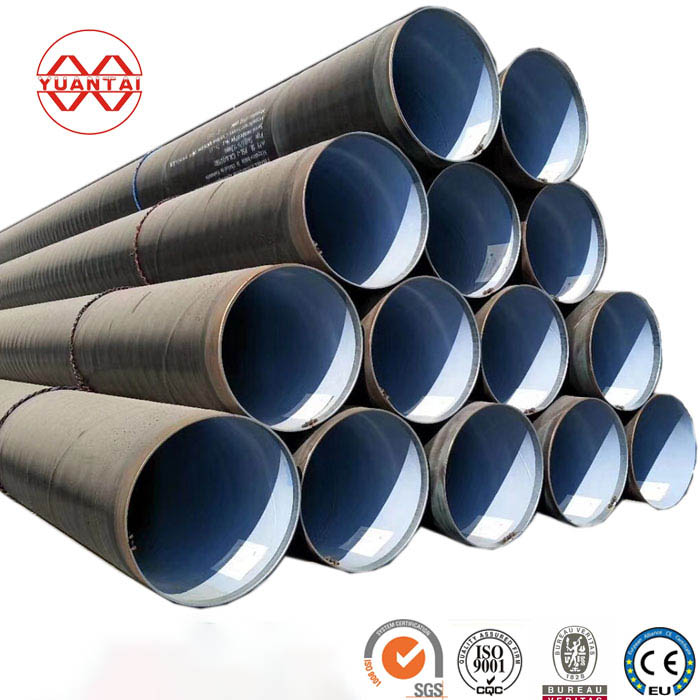
Spiral Welded Steel Pipe
Spiral welded steel pipe introduction Spiral welded steel pipe refers to the steel pipe with joints on the surface, which is welded after the steel strip or steel plate is bent and […]
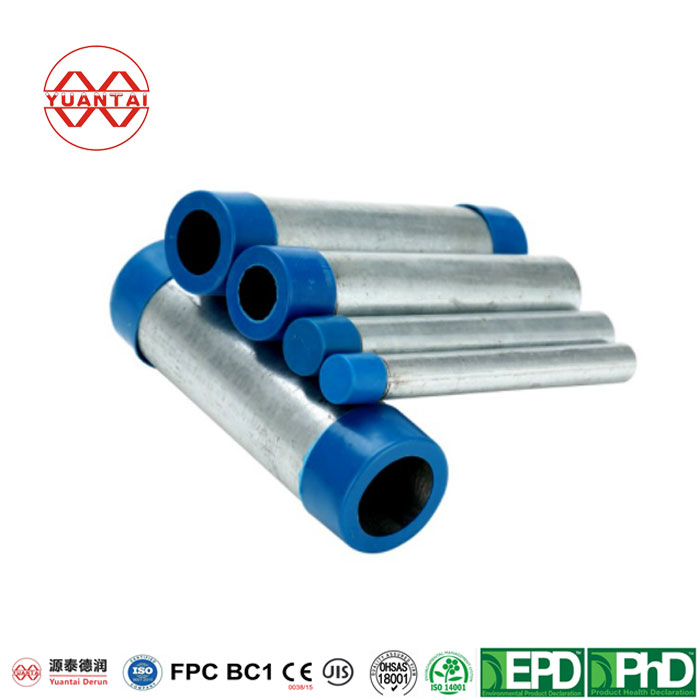
Hot Dip Galvanized Round Steel Pipe
Yuantai Derun Steel Pipe Manufacturing Group produces hot-dip galvanized round steel pipes, which are sold directly by manufacturers, support customization, and have guaranteed qua […]
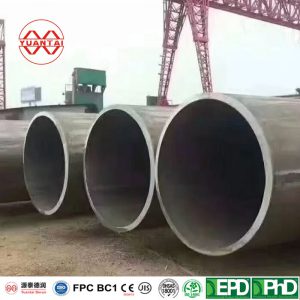
LSAW Steel Pipe(Longitudinally Submerged Arc Welding Tube)
Lsaw Steel Pipe(Longitudinally Submerged Arc Welding Tube) JCOE is a pipe making technology for the production of large diameter thick wall steel pipes. It mainly adopts the produc […]
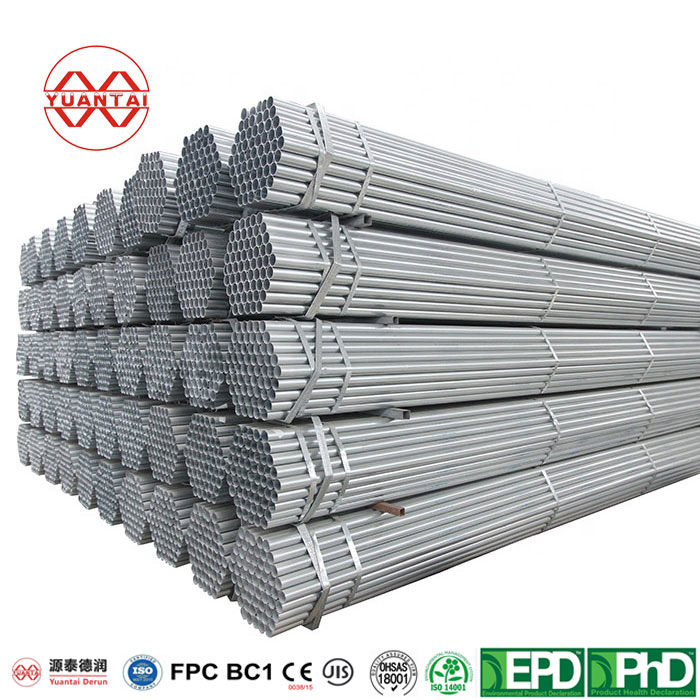
UL797 American Standard Certified EMT Threading Pipe EMT Pipe
OD(outer diameter): 22mm-112mm Thickness: 0.75- 3 mm Place of Origin: Tianjin, China Application: Structural type or fluid transportation Certification:CE,LEED,BV,PHD&EPD,DNV,B […]
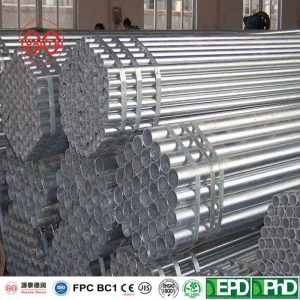
Pre Galvanized Round Steel Pipe
The round pipe with galvanized strip is made of galvanized strip steel, which is generally 0.6MM-2MM. It is processed and formed at one time, with the specification of 15 * 15-100 […]
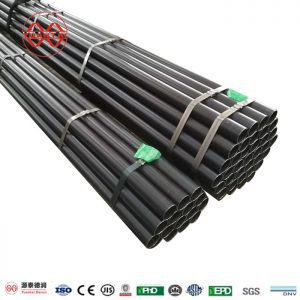
Round Welded Pipe
Since the 1930s, with the rapid development of continuous rolling production of high quality strip steel and the progress of welding and inspection technology, the quality of weld […]
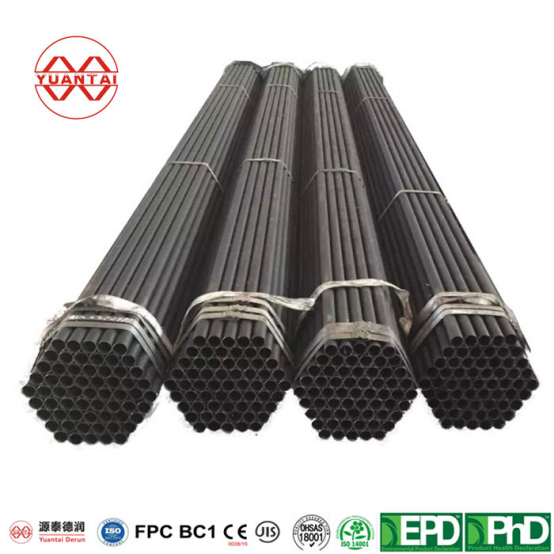
ERW Round Steel Pipe
Standard:Hollow section:ASTM A500/501,EN10219/10210, JIS G3466,GB/T6728/T3094/3091,CSA G40.20/G40.21 Section Shape: round OD(outer meter): 10.3mm-609mm Application: Structural type […]
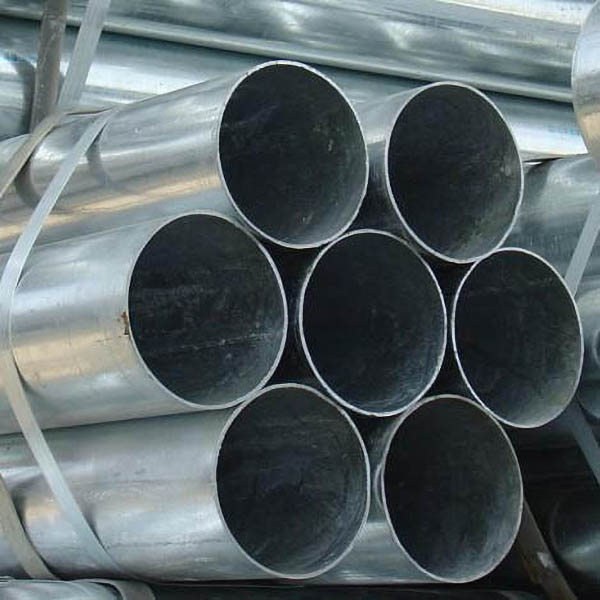
GI Circular Steel Pipe
Galvanized round steel pipe Generally, there are two major categories: pre galvanized round steel pipes and hot-dip galvanized round steel pipes. Hot dip galvanized pipe is to make […]
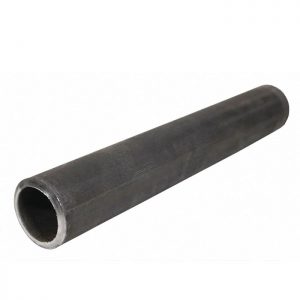
Round Seamless Steel Pipe
Seamless steel pipe is a steel pipe formed by piercing the whole round steel, and there is no weld on the surface, which is called seamless steel pipe. According to the production […]